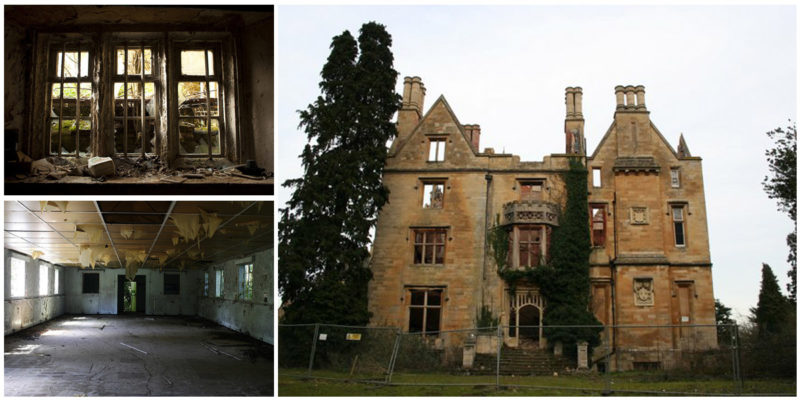Nocton Hall, located in Nocton village in Lincolnshire, England is a historic building which dates back to 1530. Originally it was built as a residence and was the home of several owners including Frederick John Robinson, who for a short time was the Prime Minister of the United Kingdom.
The grand country manor was transformed into a hospital in both the first and second world wars, playing a vital role treating many injured soldiers for decades. Since it was devastated by fire, Nocton Hall has never been repaired. Today, only ruins remain of the mansion and, as many abandoned places, it is shrouded in ghostly tales. These include the “sobbing ghost” of a young servant girl who, the story goes, would appear in one of the bedrooms at exactly 4:30 am.
Nocton Hall stands on the grounds of a 16th-century house and Nocton Priory which was built in the 12th century. The remains of the monastery still exist near the residence. The old house, Nocton Manor, was owned by Thomas Wimbishe and later the Towneley family.
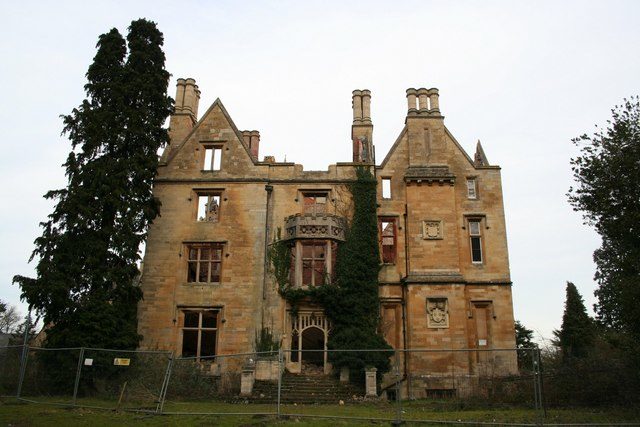
In the 17th century Sir William Ellis added extensions the house, which he renamed Nocton Old Hall. Unfortunately, it was destroyed in a fire in 1834. The house that can be seen today was erected in 1841 by Frederick John Robinson, using some parts that remained of Nocton Old Hall. The manor suffered from the same disaster twice. After the second fire, in 2004, it was left ruined.
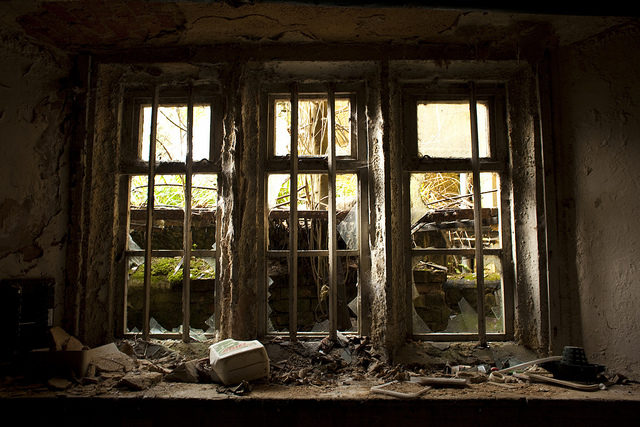
Frederick John Robinson, 1st Earl of Ripon, married Sarah, daughter of Robert Hobart, 4th Earl of Buckinghamshire, from whom she inherited Nocton Hall. Robinson’s long standing political career reached a peak when he was appointed Prime Minister in 1827 – a position which he held for only five months. The couple had a son, George Frederick Samuel Robinson, who on his father’s death in 1859 became the new owner of the Hall.
He spent a large part of his youth in the house and obtained much of his education there. George Robinson had many positions the society, and one of his most important was Viceroy of India in the 1880s. He married a distant cousin in 1851, Henrietta Vyner, who was the daughter of Captain Henry Vyner.
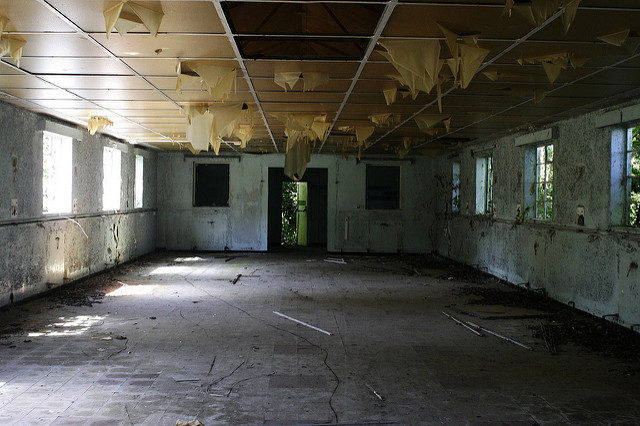
After he returning from India, he chose live in his other home, Studley Royal in North Yorkshire, and decided to sell Nocton Hall. It was purchased in 1889 by George Hodgson who was a wealthy industrialist and banker. Being a successful businessman, George never involved himself heavily in matters of running the house, and very soon he gave it to his son John. After John’s death, the estate was inherited by his son Norman, who at the beginning of the World War I moved into Embsay House with his family and Nocton Hall was converted into a convalescence home for American Officers.
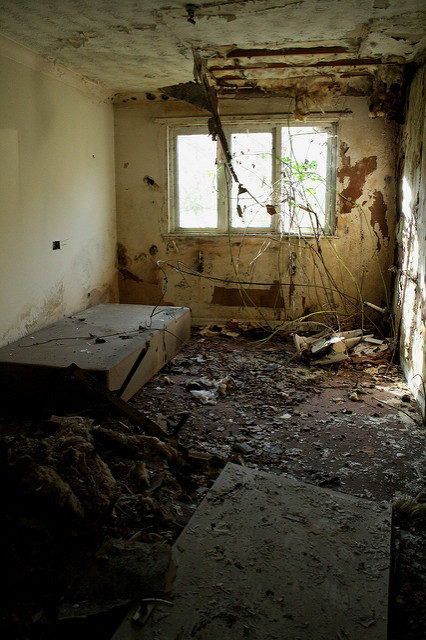
In 1919, the residence was sold to William Dennis, and in 1925 his son James Herbert Dennis came to live in the house. During World War II, the property was taken over by the Army to house the 21st Casualty Clearing Station Royal Army Medical Corps until 1942, when the unit was deployed to North Africa. Shortly after, the estate was taken over again, this time by the Air Ministry for use by the Royal Air Force. Additional buildings were erected in the grounds and No. 1 RAF Hospital Nocton Hall was opened in June 1947. It remained in use as an RAF hospital until 1983 when it was closed. The hospital was also leased as a wartime contingency base to the United States Air Force. A small number of casualties were treated here during the First Gulf War.
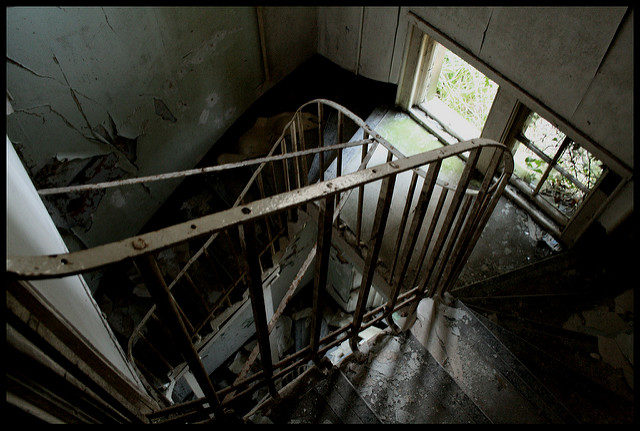
The mansion and surrounding estate, including a number of cottages, was purchased by Torrie Richardson in the late 1980s. He sold on the cottages and used the funds to convert Nocton Hall into a Residential Care Home, which employed many people from the village and ran a summer fête for the locals. Later his son Gary inherited the property but in very short time the Residential Home closed and the building was sold again, to Leda Properties of Oxford.
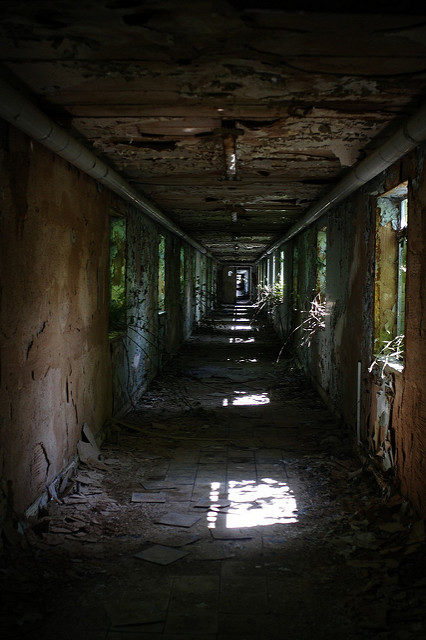
In 2004, on 24 October, the hall burned down. According to some investigations, it is believed that the fire was set, but until today no one has been charged. Around 70 firefighters battled to put out the fire but they didn’t succeed, and today only a shell remains of this once great Hall. In 2009, the ruins were included in the Victorian Society’s list as one of the top ten endangered buildings in England.
